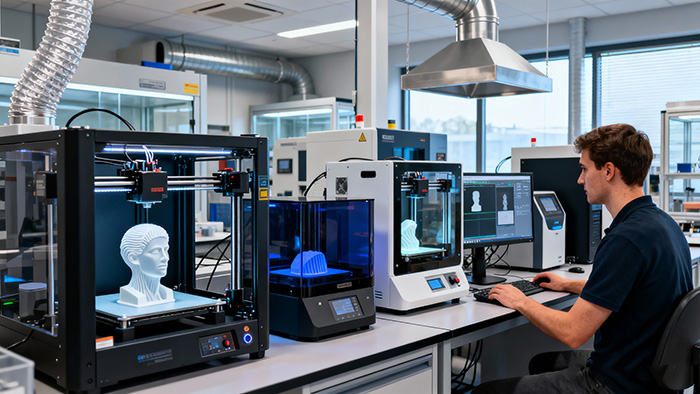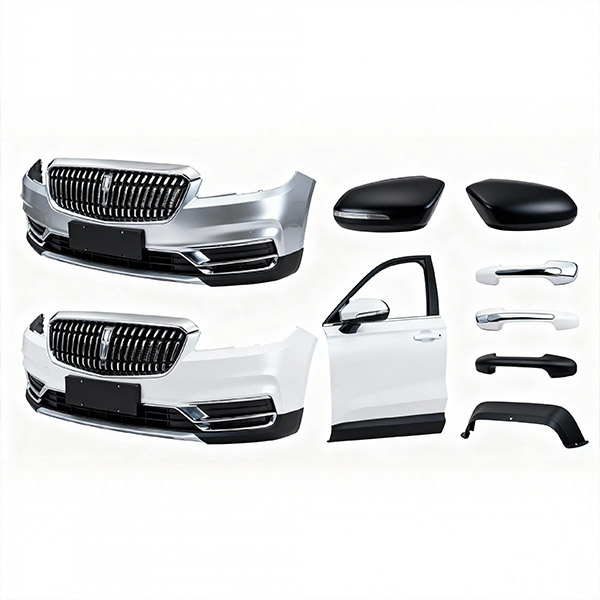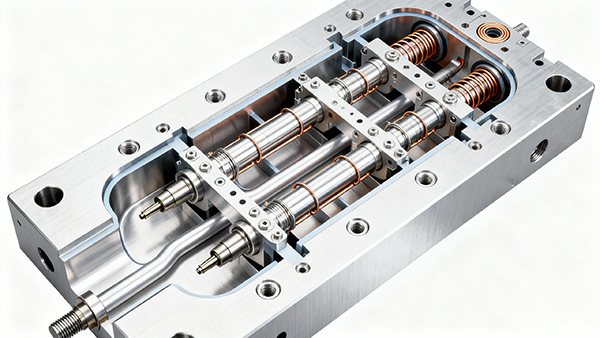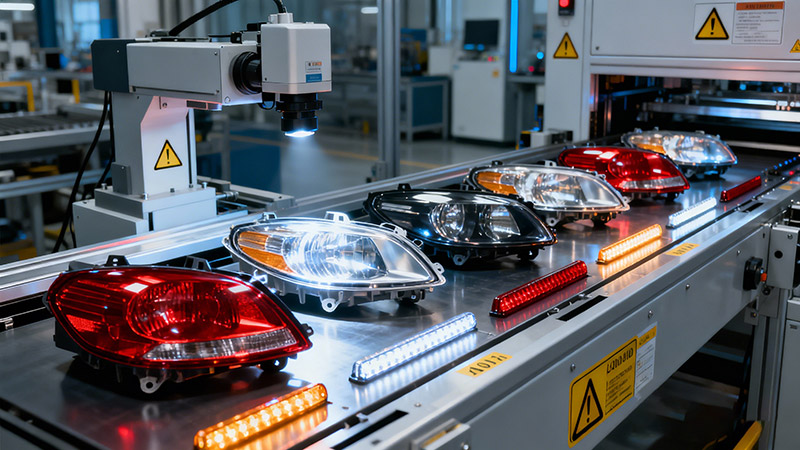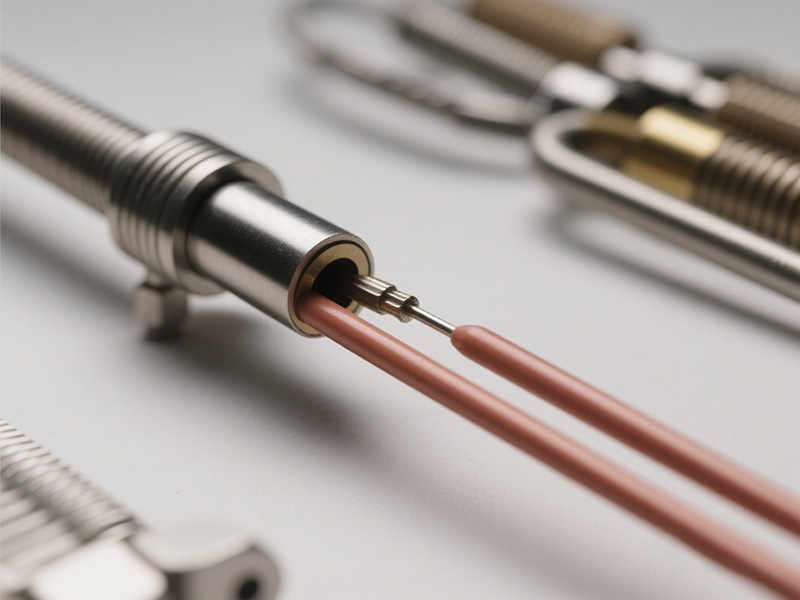IntroductionWhen choosing a plastic manufacturing process, materials and performance often matt...
Understanding The Cold Runner System Process
What is a Cold Runner System
A cold runner system in injection molding is a mold design that uses unheated channels (the sprue, runners and gates) to carry molten plastic from the injection machine into the part cavities. In other words, the runner channels are at the same temperature as the mold; the plastic that fills them cools and solidifies along with the part, then is ejected as waste when the cycle finishes. Typical cold-runner molds have two or three plates – a simple two-plate mold with all runners and cavities on one parting line, or a three-plate mold that adds a separate runner plate to allow the runners to be stripped off the parts during ejection. (By contrast, a hot runner system uses heated channels or manifold nozzles so that plastic never cools in the runners; the hot runner plastic is kept molten and injected continuously into each cavity.)
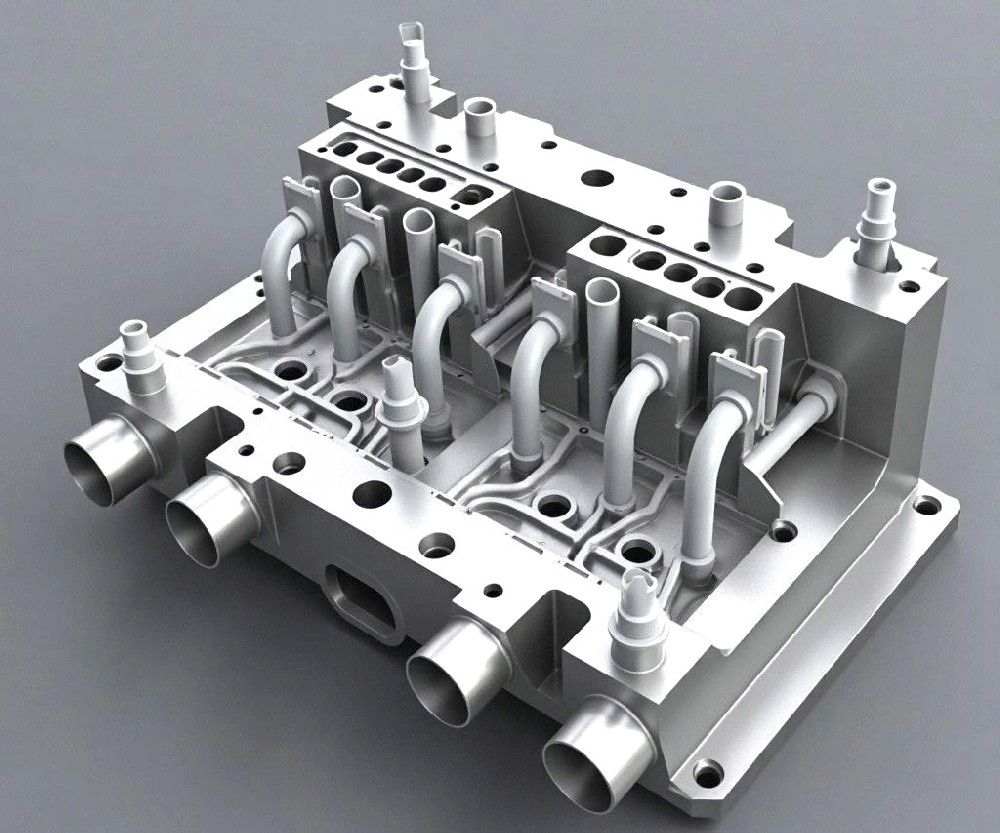
Injection Molding Process (Cold Runner)
Injection molding with a cold runner uses a conventional injection unit and mold: the machine’s nozzle presses into the sprue bushing, injecting molten plastic into the mold. The plastic flows through the sprue (a cone-shaped channel) into a network of runners – channels milled or cut into the mold plates. The runners guide the melt to the gates, narrow openings leading into each part cavity. Inside the cavities the plastic fills, cools and solidifies into the shape of the part. In two-plate cold molds all runners and gates lie on a single mold parting line, so the parts remain attached to the runner as they are ejected. In three-plate molds, a separate “runner plate” is inserted between the parting surfaces, allowing the runners to be stripped off automatically; only the finished parts eject from the cavity while the runners stay on a different plate.
Sprue: The main feed channel from the machine nozzle into the mold. A sprue bushing holds the mold to the nozzle. After molding, the sprue (attached to parts in two-plate molds) is either cut off manually or ejected with a stripper plate in three-plate molds.
Runner: Channels that distribute molten plastic from the sprue to each gate. To ensure even filling, runners are usually designed with consistent diameter and length to balance flow to all cavities. Because the plastic in the runner cools along with the part, runners must often be larger (to avoid premature freezing) and result in extra scrap material.
Gate: The gate is the junction where each runner enters a cavity. Gate geometry and location are carefully chosen for part quality. After ejection, the gate leaves a small “gate mark” on the part surface that may need finishing.
In operation, the cold-runner mold cycles as follows: the mold closes, and the injection machine shoots plastic through the sprue into the runners and gates. The melt fills the cavities and solidifies. When the cycle is complete, the mold opens; in a two-plate design the parts (still attached to the runner and sprue) come out together, requiring the runner to be trimmed. In a three-plate design the runner plate is stripped, so the runners and sprue come out separately, and only the parts remain on the ejector. Any remaining scrap (sprue and runners) is reground or recycled for reuse.
Components and Mechanisms
A cold-runner injection mold contains the following key elements:
Mold Plates: Two-plate or three-plate designs. The two-plate mold has one parting plane; sprue, runners, gates and cavities are all on one half. It is simpler and cheaper but requires manual trimming of the runner. The three-plate mold adds a middle “runner plate” between the two main plates. This allows the runners (on the middle plate) to be separated from the parts (on one end plate) during ejection. Three-plate molds give more flexibility for gate placement and automate scrap removal, at the cost of a more complex tool and longer cycle.
Sprue Bushing/Nozzle Interface: A sprue bushing guides the machine nozzle to the mold. The sprue channel is typically tapered toward the nozzle to aid release. In two-plate molds the sprue solidifies and is cut off; in three-plate molds a sprue stripper plate ejects it. Designers keep the sprue diameter as small and short as possible to reduce waste while still ensuring full flow.
Runner Channels: Molded grooves in the plate(s) that carry melt to the gates. Common cross-sections include semi-circular, trapezoidal or rectangular channels. For example, with trapezoidal (batten) or half-round (ladder) runners, half of the channel is machined into each plate. Designers minimize runner length to reduce waste and pressure loss. In cold-runner molds, runners must be sized to keep the plastic hot enough to reach the cavity: unlike hot runners, they have no internal heaters, so they rely on the mold’s temperature and shear heat. Often they are made larger or “insulated” by the surrounding mold steel to retain heat.
Gates: Openings that connect runners to the cavities. Common types (edge gates, pin gates, tunnel gates) may be used, but every gate must be manually or automatically trimmed (or remain as a small vestige) after ejection. Gate design is critical for part quality; the cold runner system offers no self-trimming mechanism, so gate size is usually small to minimize the amount to cut.
Ejector System: After cooling, ejector pins or stripper plates push the finished parts (and runners, if two-plate) out of the mold. In three-plate molds a stripper plate often pushes the runner plate and attached runners off first. Cold-runner molds typically need more robust ejection (sprue pullers or split dies) because the parts can have heavier attached runners.
Cooling: As in all molds, channels carry coolant to control mold temperature. In a cold-runner mold the runners themselves act as heat sinks, so the mold must be designed to achieve uniform cooling of part and runner.
Applications and Industries
Cold-runner injection molds are widely used in many plastics industries, especially for low-to-medium production volumes and where material flexibility is important. Typical applications include consumer goods, packaging (caps, containers, small bottles), toys, housings and components in electronics, and many medical or automotive interior parts. For example, one supplier notes that cold-runner molds are “ideal for lower-volume production runs” and for applications requiring frequent color changes. Industries such as automotive, consumer products (electronics, appliances), and medical devices frequently use cold-runner tooling when runs are moderate or the plastics are heat-sensitive. Because cold runners can accommodate virtually any thermoplastic (including specialty or temperature-sensitive resins that might degrade in a hot runner), they are often chosen for niche or highly engineered materials. In summary, cold-runner molds are common in sectors where flexibility and low tooling cost are more important than ultra-high cycle rates – e.g. custom parts, pilot runs, or consumer items with frequent design changes.
Advantages of Cold-Runner Systems
Cold-runner molds offer several benefits:
Lower Tooling Cost & Simplicity: Cold-runner molds are generally cheaper and simpler to design than hot-runner molds. They have no heating manifold or thermocouples, so mold fabrication is faster and maintenance is easier. An in-house mold shop can often build and service cold molds without specialized equipment.
Material Versatility: Because the runners are unheated, a cold-runner system can process almost any plastic, including filled, filled, thermally sensitive or exotic resins that would char or cure in hot-runner channels. No specialized valve gates or manifold is required, so cold molds work for a broad range of polymers.
Easy Color and Material Changes: In a cold-runner mold the excess plastic in the runners solidifies and is ejected with each shot. This means when switching colors or materials, the old resin is easily removed (cut out or reground) and replaced, without needing to flush a hot manifold. Cold molds thus allow faster color changes and lower material cross-contamination.
Good for Low/Medium Volume: Lead times are typically shorter because of the simpler mold. Cold-runner tooling can be ideal when production volumes are low or infrequent, since the investment is smaller. (For high volumes, waste can be amortized, but cold runners still have slower cycles and more scrap.)
Disadvantages and Limitations
Cold-runner systems also have drawbacks compared to hot runners:
Material Waste: Every shot produces scrap plastic in the form of sprue and runners. This excess must be trimmed and often reground or recycled. Compared to hot-runner molds (which eliminate or minimize runners), cold systems waste significantly more material. In multi-cavity molds, runner volume multiplies waste.
Slower Cycle Times: Because the runner plastic must cool and solidify before ejection, cycle times are longer. Cold molds generally have slower throughput than equivalent hot-runner molds. (One source notes cold-runner molds will always have longer cycles than hot-runner because of the cooling/warm-up of channels.)
Manual Labor / Post-Processing: Two-plate cold molds require manual trimming of sprues and runners off each part. Even with three-plate molds, small runners or gate vestiges may need removal. This adds labor and can leave minor surface blemishes (“gate marks”) on parts.
Design Constraints: The cooling of plastic in the runner can limit gate and part design. Because the runner fills before the cavity, very thin or intricate runner designs can freeze off too soon. Cold-runner systems are therefore better for simpler parts. (One source states they are “best used for parts of a simple design” because complex or thin geometries exacerbate cooling issues.) Also, maintaining balanced flow to multiple cavities can be harder when runners cool.
Lower Efficiency at High Volume: For very high production runs, the material and cycle losses make cold runners less efficient and more costly per part than hot-runner systems.
Comparison: Cold Runner vs. Hot Runner
While both systems deliver molten plastic to cavities, their trade-offs differ:
Runner Temperature: Cold runners remain unheated, so plastic in the runner cools with each cycle. Hot runners have heated manifolds or nozzles that keep plastic molten until it enters the cavity.
Material Waste: Cold-runner molds produce solidified runners that must be removed and recycled, resulting in more scrap per cycle. Hot-runner molds virtually eliminate runner waste (especially with valve gating), as plastic remains in the manifold between shots.
Cycle Time: Cold-runner systems have slower cycles because the runner must cool enough to eject. Hot runners have faster cycles since there is no cooling of runner channels, and often no runner to eject.
Tooling Cost: Cold-runner molds are usually less expensive to make and maintain, as they lack heating elements and thermocouples. Hot-runner molds have higher upfront tooling costs (complex manifolds, controllers) and higher maintenance costs.
Material Compatibility: Cold runners can use almost any resin, including heat-sensitive or filled materials. Hot runners may be limited by thermal stability (some polymers or additives can degrade at manifold temperatures).
Process Control and Quality: Hot-runner systems offer better control over melt temperature and pressure at the gate, often yielding more consistent part quality and tighter tolerances. They also minimize gate vestiges on parts. Cold-runner parts may have slight gate marks and marginally less precise flow (since the runner temperature may drop). However, cold molds are simpler to run and tweak; for quick design changes or prototypes, their simplicity is an advantage.
Typical Use Cases: In practice, cold-runner systems are favored for small-batch jobs, frequent color changes, and when tooling cost must be low. They allow quick mold changes and can handle a broad range of materials. Hot-runner systems excel in high-volume production of complex or cosmetic parts, where scrap reduction and cycle speed are critical.
In summary, cold-runner molds are simple, flexible and economical for many applications, but pay the price of extra waste and slower cycles. Hot-runner molds reduce waste and cycle time but at higher cost and complexity. The choice depends on production volume, material, part complexity and cost trade-offs.
